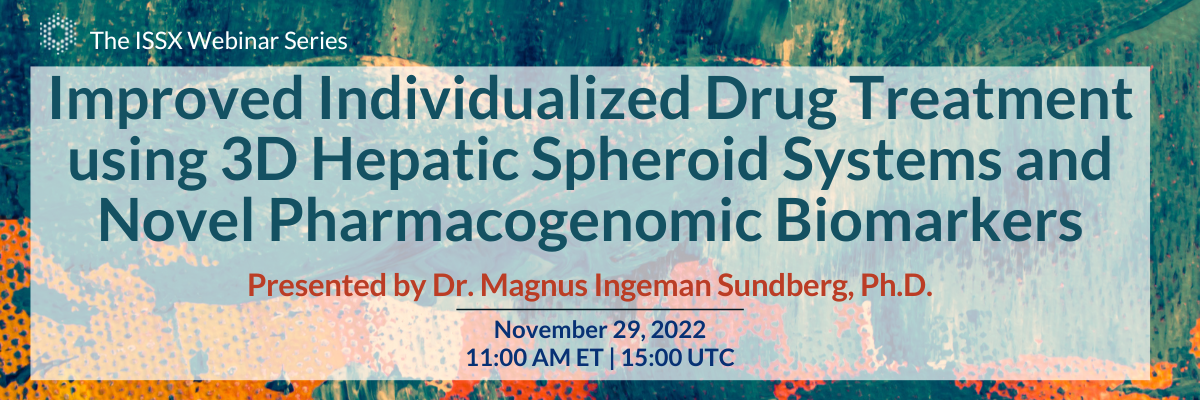
Improved Individualized Drug Treatment Using 3D Hepatic Spheroid Systems and Novel Pharmacogenomic Biomarkers | Dr. Magnus Ingelman-Sundberg
Recorded On: 12/05/2022
-
Register
- Non-member - $49
- Member - Free!
- Student - Free!
- Premier - Free!
The lecture will partially be based on the Award lecture given in Seattle focusing on our recent work in pharmacogenomics and in the development of novel 3D hepatic spheroid systems mimicking human liver in vivo. Thus, much effort is devoted to the generation of phenotypically appropriate in vitro systems for studying hepatic drug metabolism and clearance, drug hepatotoxicity and liver disease. Of specific importance among liver diseases is NASH which is becoming the leading hepatic disease in the world. I will describe our 3D spheroid liver system based on monocultures or co-cultures of PHH and NPCs, where toxicity, clearance and metabolism of drugs can be predicted. Furthermore, in this system it is possible to i) elucidate mechanisms behind chronic drug hepatotoxicity, ii) mimic liver disease like steatosis and fibrosis and iii) study genetic, mechanistic and environmental factors of importance for NASH and pharmacological treatment.
Much emphasis has recently been placed to evaluate the role of ADME gene variation for interindividual variability in drug pharmacokinetics, adverse reactions and drug response. The implementation into the clinics has however been slow and been mostly successful in the area of oncology. Recently the increased power and better design of pharmacogenomics studies, including many randomized clinical trials, has brought more firm knowledge into the field. However, much work remains before valuable conclusions of clinical importance of pharmacogenomics in many therapeutic areas can be provided.
One major obstacle is the missing heritability. Whereas twin studies indicate a heritability in drug pharmacokinetics of 80 % in some cases, the known genetic variants sometimes only explain a fraction of this variation. The major putative factors of the missing pharmacogenomic information in drug pharmacokinetics include i) the contribution of rare variants where for e.g. CYP2D6 and CYP2C19, 12 and 7 % of the variability, respectively, can be explained by rare variants, ii) incomplete NGS sequencing in genetically complex loci, which requires long read based sequencing or special bioinformatic tools, iii) the occurrence of functionally different haplotypes of alleles traditionally classified as e.g. *1, iv) the global inheritance of genetic variants indirectly affecting the level of enzyme/transporter expression and v) the direct regulation of ADME genes by polymorphic nuclear factors like NFIB. The lecture will provide an update of the field, discuss several examples, and suggest ways forward.
